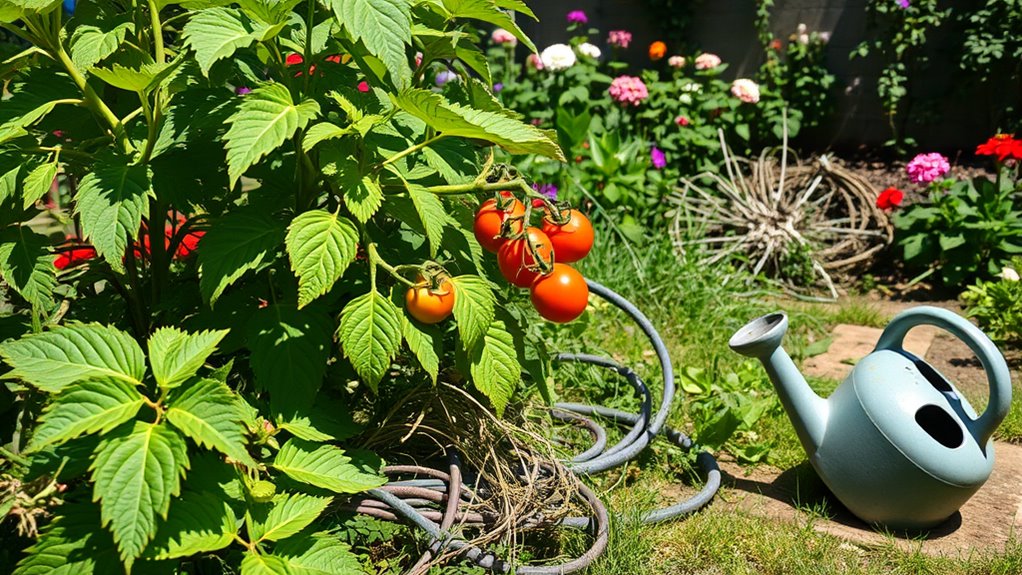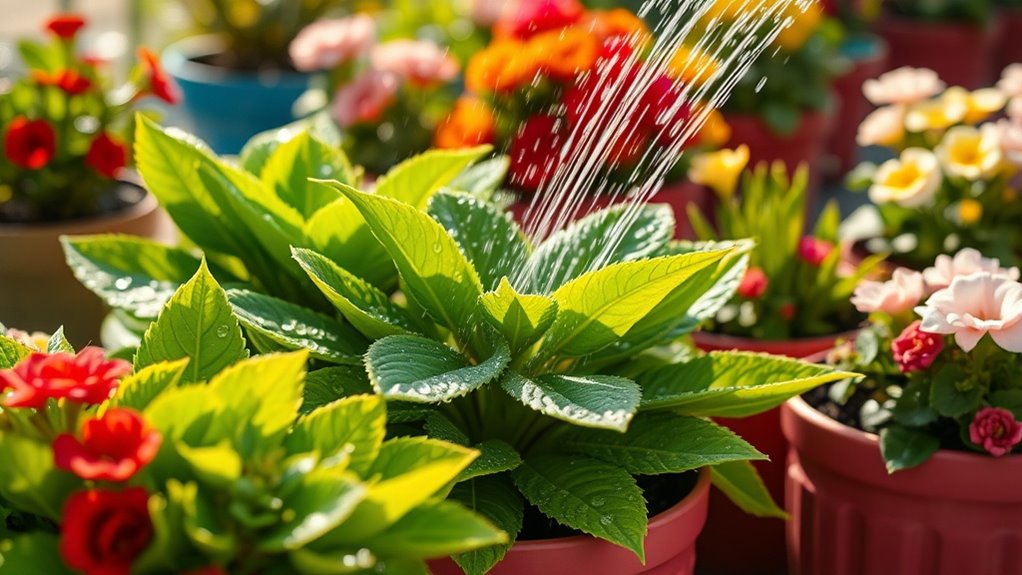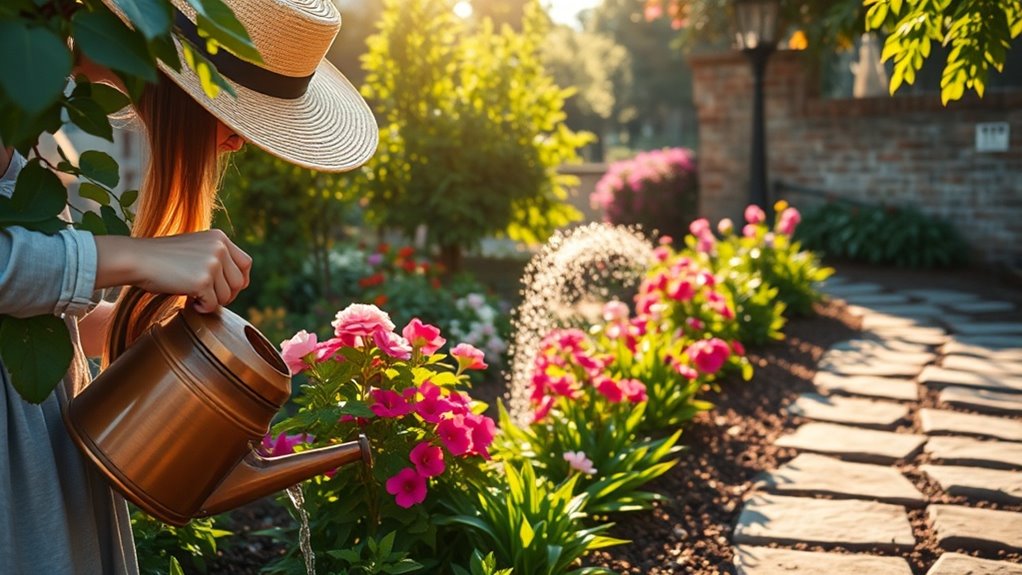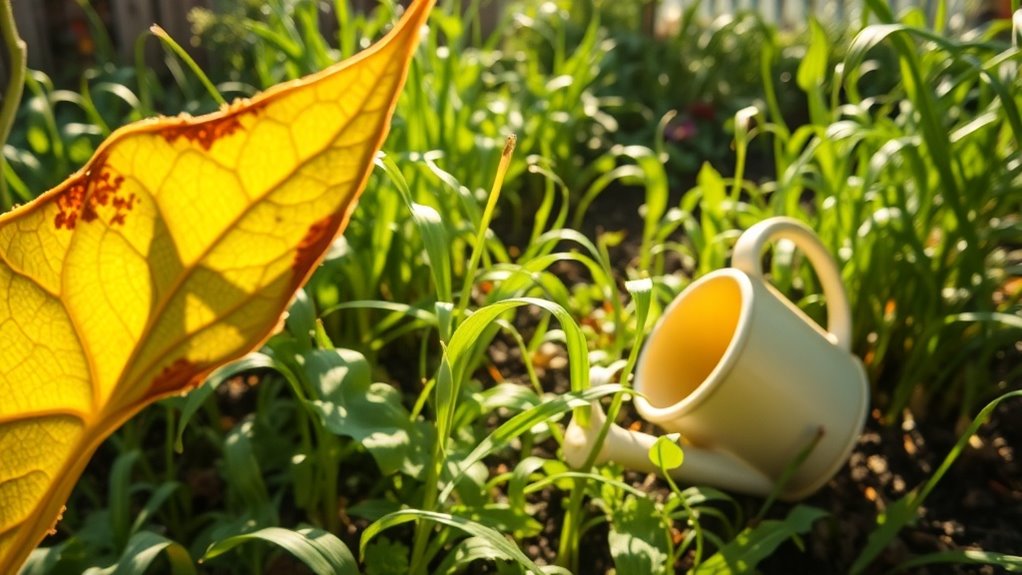These Common Mistakes Might Be Killing Your Garden
Your garden might be facing a few unfortunate hiccups. Overwatering could be drowning your plants, while poor soil quality may be starving them of essential nutrients. If you’re planting at the wrong time, your growth cycles could be thrown into chaos. Don’t underestimate the impact of pests or the importance of crop rotation. Understanding these issues can make a significant difference in your garden’s health and productivity. What steps can you take to turn things around?
Key Takeaways
- Overwatering your plants can lead to wilting, root rot, and stunted growth; check soil moisture before watering.
- Ignoring soil quality affects plant health; test pH and amend with organic matter for better fertility.
- Planting at the wrong time can hinder growth; use local frost dates to determine the best planting schedule.
- Neglecting pest control results in damage; regularly inspect for pests and use natural methods to manage them.
- Failing to rotate crops depletes soil nutrients; alternate crops to enhance soil health and disrupt pest cycles.
Overwatering Your Plants
Have you ever wondered why your once-thriving plants suddenly started wilting?
Overwatering is one of the most common bad gardening habits that can lead to root rot and nutrient deficiencies.
When you give your plants too much water, their roots can suffocate, preventing them from absorbing essential nutrients.
To avoid this mistake, always check the soil moisture before watering; if the top inch feels dry, it’s time to hydrate.
Additionally, ensure your pots have drainage holes to prevent excess water from accumulating. Furthermore, it’s crucial to recognize that overwatering plants can lead to severe health issues for your greenery, including stunted growth.
Ignoring Soil Quality
How often do you think about the soil your plants grow in? It’s crucial to remember that soil quality directly affects plant health.
Test your soil’s pH and nutrient levels to understand its composition.
Amend it with organic matter, such as compost or well-rotted manure, to improve fertility and structure.
Ensure proper drainage to prevent root rot, and consider adding mulch to retain moisture.
Don’t overlook the importance of soil biodiversity; beneficial microorganisms can enhance nutrient availability. Additionally, habits that harm soil can lead to long-term degradation, affecting your garden’s productivity.
Planting at the Wrong Time
When’s the best time to plant your seeds and seedlings?
Timing is crucial for a thriving garden.
Cool-season crops, like lettuce and peas, thrive in early spring or late fall, while warm-season crops, such as tomatoes and peppers, need warmer soil, so plant them after the last frost.
Check your local frost dates and use a soil thermometer to ensure optimal temperatures. Additionally, consider your region’s climate and seasonal changes. If you plant too early or too late, your plants may struggle or fail to produce.
To maximize your garden’s potential, refer to a seasonal planting guide that outlines the best times for planting specific crops in your area.
Neglecting Pest Control
After planting your seeds and seedlings at the right time, it’s easy to overlook another vital aspect of gardening: pest control.
Ignoring pests can lead to significant damage, stunted growth, or even loss of your plants.
Regularly inspect your garden for signs of infestations, such as discolored leaves or tiny holes. Introduce natural predators like ladybugs or use organic pesticides to keep harmful insects at bay. Using an organic pest mix can provide an effective way to eliminate pests quickly without harmful chemicals.
Maintaining healthy soil and promoting biodiversity can also help deter pests.
Don’t forget to act quickly; the sooner you address a pest problem, the easier it’ll be to protect your garden’s health and vitality.
Failing to Rotate Crops
Why is crop rotation so essential for a thriving garden?
By rotating your crops, you can prevent soil nutrient depletion and reduce pest and disease buildup.
Different plants draw varying nutrients from the soil; when you plant the same crops year after year, they deplete those specific nutrients, leading to weak growth.
Additionally, some pests and diseases thrive on particular plants.
Changing their location disrupts their life cycles and helps maintain a healthier garden.
Ideally, you should rotate crops every season, alternating between families like legumes, brassicas, and nightshades.
This simple practice boosts soil health and overall garden productivity. Moreover, crop rotation not only enhances nutrient availability but also improves soil structure and biodiversity.





